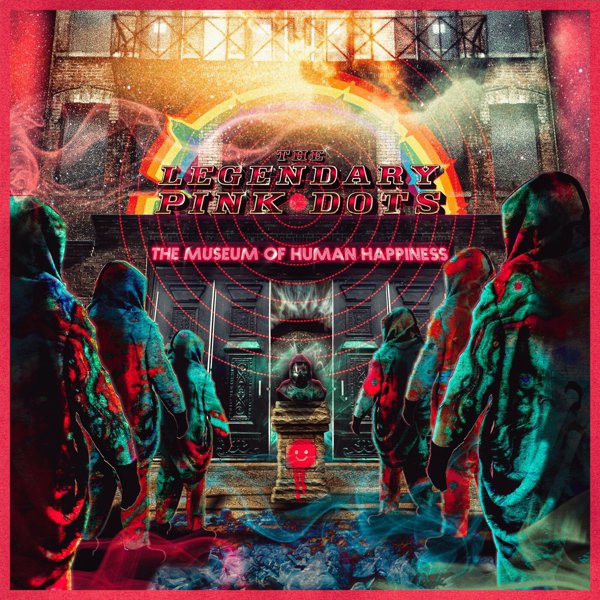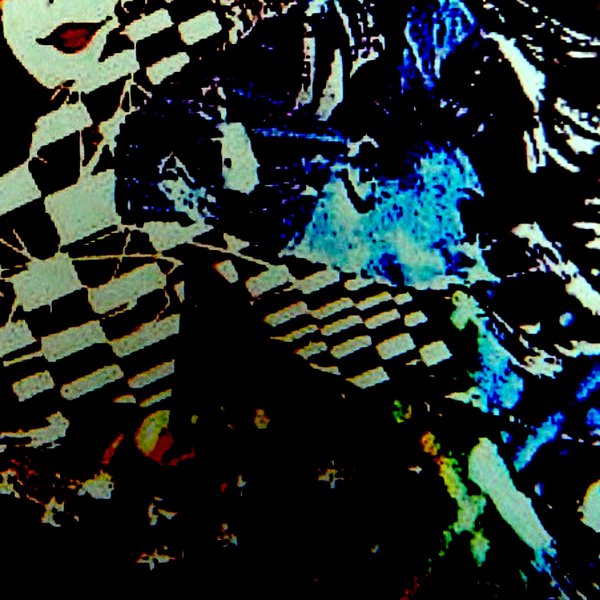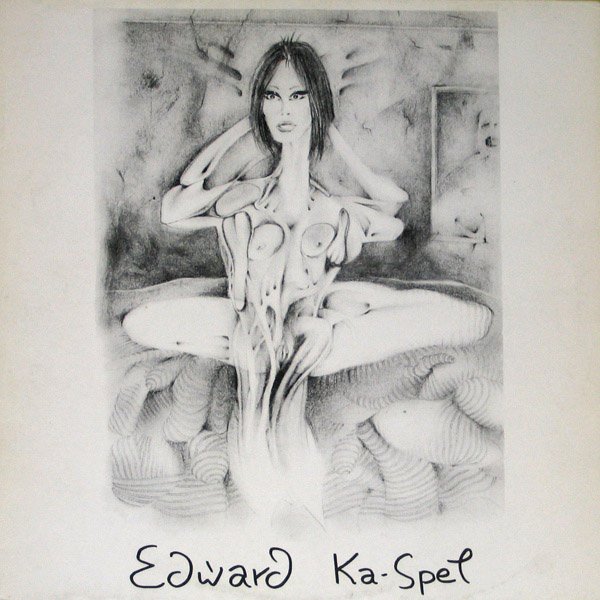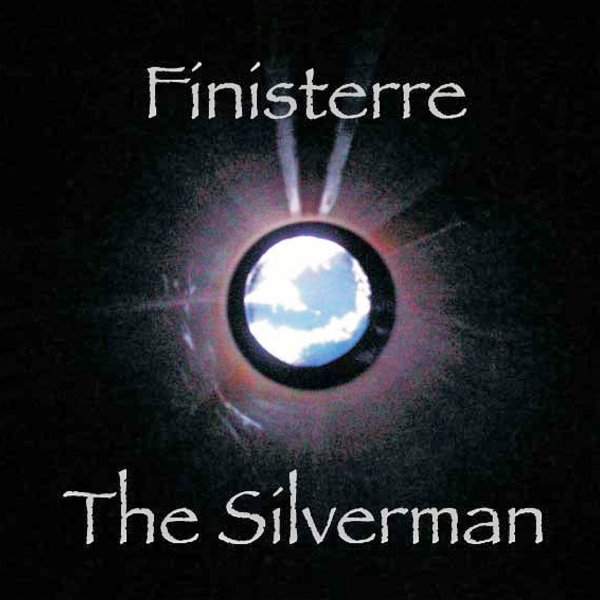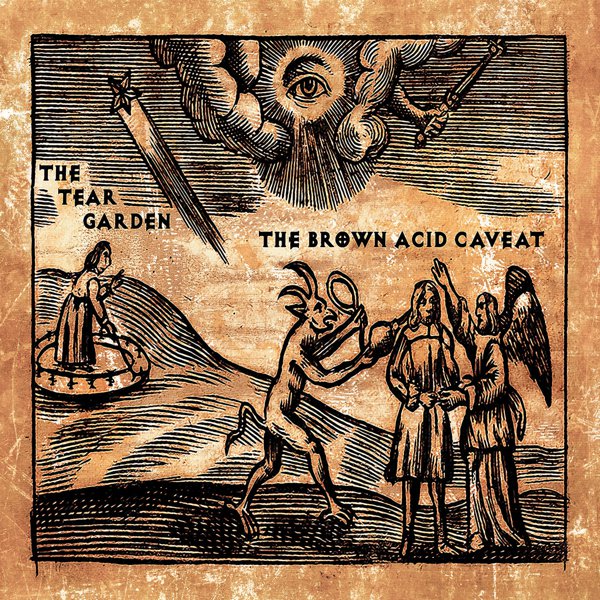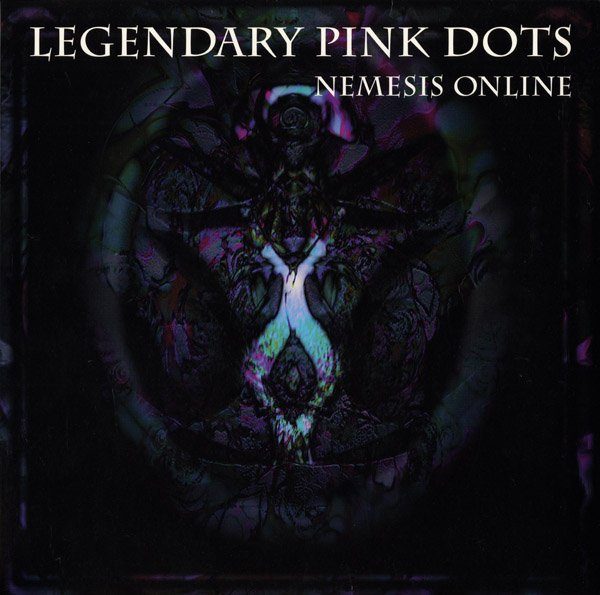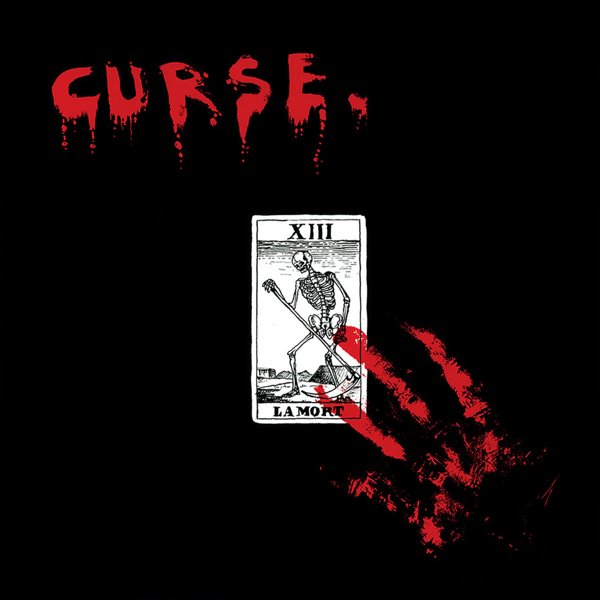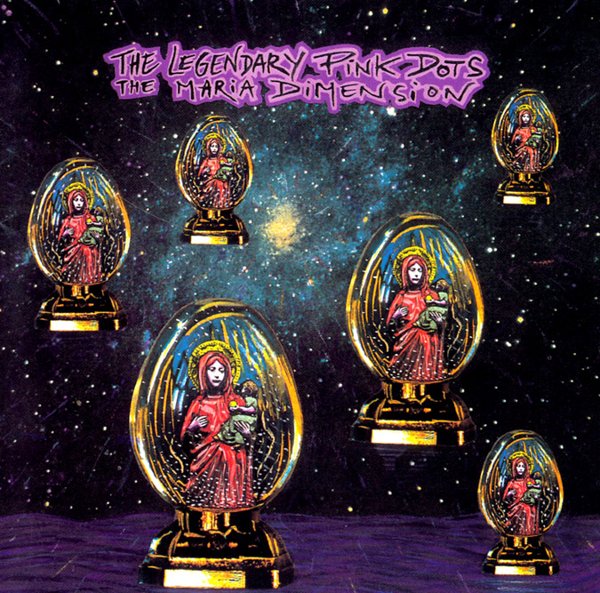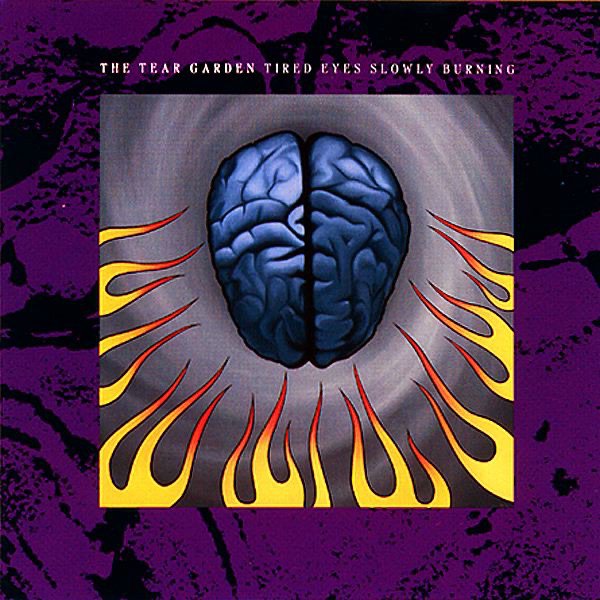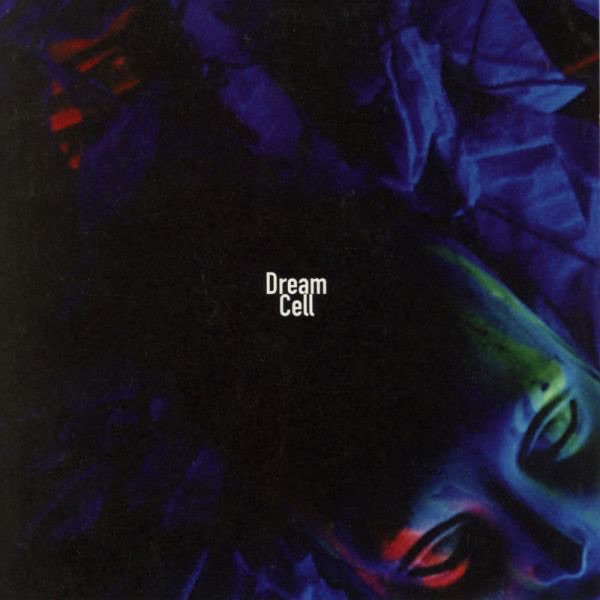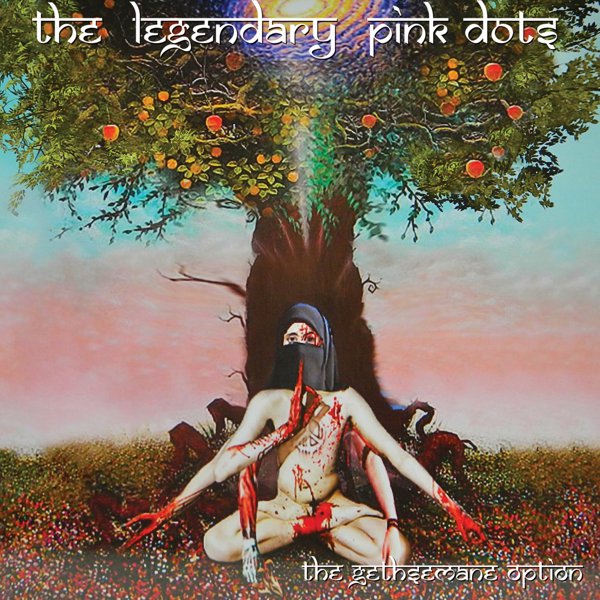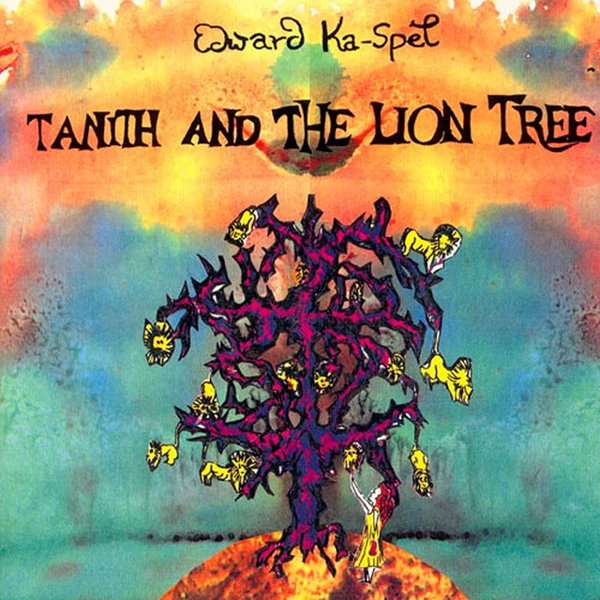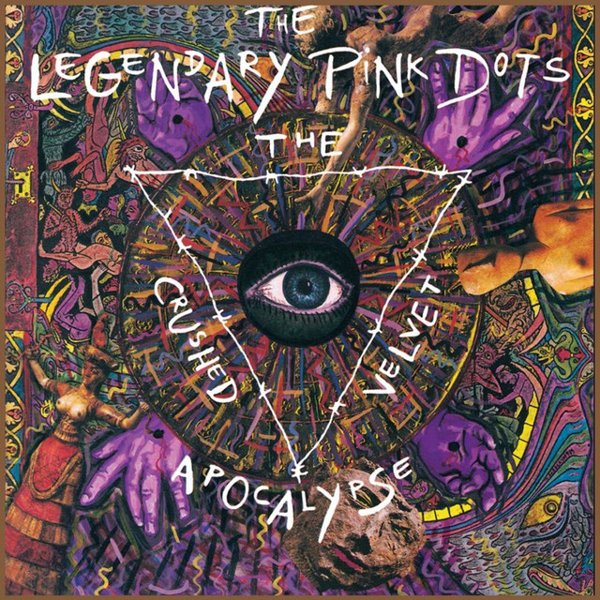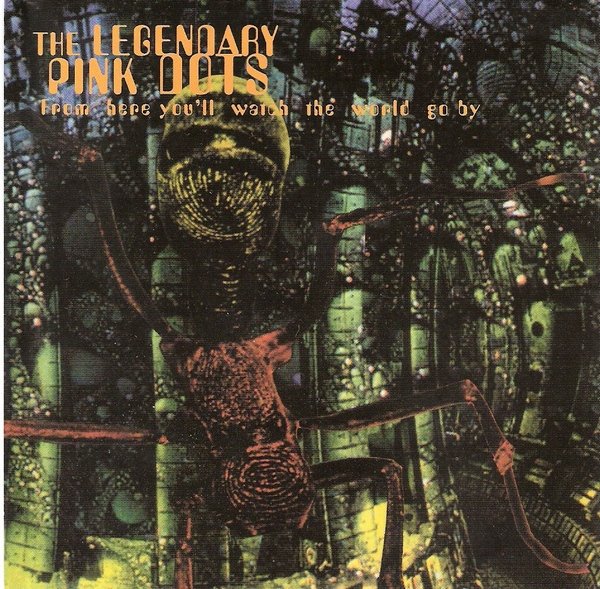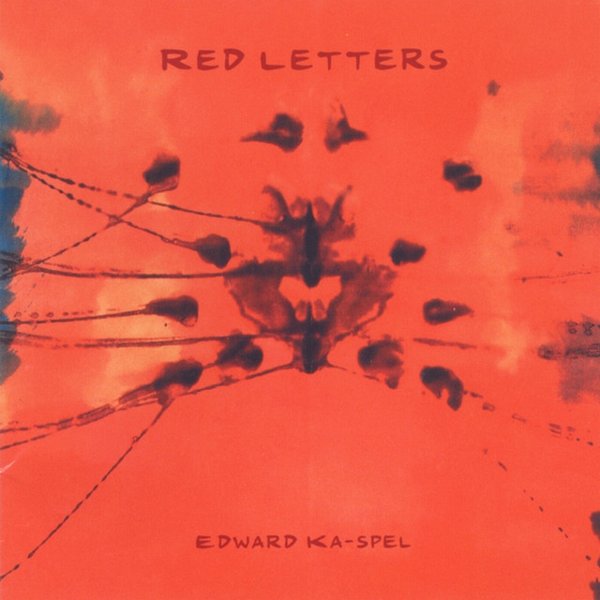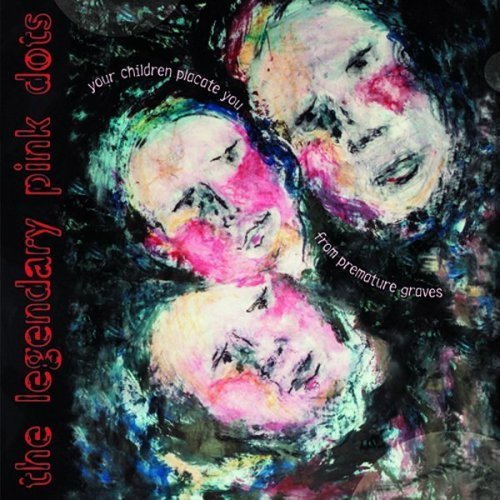As Edward Ka-Spel – to use the most well known version of a stage name that exists in numerous variations – tells it, at the 1980 Stonehenge Free Festival at around 3 am in the morning he was in a tent, heard an unknown band warming up keyboards to play a full show somewhere on the grounds, and wandered over to see them in the company of Phil Knight and April White. The following day, inspired by the experience, Ka-Spel picked up a KORG keyboard and a drum machine and within a month Knight and White had joined him to form a band. Such was the birth of the Legendary Pink Dots, now over four decades old and showing no signs of slowing down. With Ka-Spel on vocals and various instruments and Knight, rechristened the Silverman, on keyboards as the continuing core duo throughout all the various incarnations of the group as various other members have come and gone, the Dots have become a force and style unto themselves, working with a variety of other performers both in studio and live. Their exact sound is no one thing, but grows out of those exploratory free festival roots with nods to psychedelia and motorik, Ka-Spel’s very distinct, compelling vocals delivering spoken-word stories and lyrics with general themes of society’s fraying at the edges and a generally varying approach to musical composition rooted in but never limited to electronics. Since 1981 they have released a steady stream of albums, tapes, EPs, concert recordings, archival efforts and more, not to mention various rereleases as need and interest arises, to create a truly daunting but compelling overall body of work, perhaps best summed up in their most common motto, suggesting both celebratory and uneasy feelings: ‘Sing while you may.’
In 1984, Ka-Spel, for a variety of reasons, not least the continuing rule of the Thatcher government, left England for the Netherlands, soon followed by his bandmates; the group has been based out of that country ever since. In the late 1980s, even as the extended lineup went through a period of change, the Dots found themselves gaining a new audience in America thanks to the goth/industrial underground, in particular due to label distribution deals involving Play It Again Sam and Wax Trax. The group have been more or less affiliated with that subculture since by default, even though musically they more generally resembled their contemporaries Coil, less following an expected specific sonic style and more plowing their own chosen courses. As the Silverman, Knight has released a number of solo efforts over the years starting in 1992, emphasizing instrumental constructions and experimentation in more ambient veins. Ka-Spel’s own solo work began appearing in 1984 and has evolved into a discography practically as vast as his main band’s, similarly subject to various reissue and compilation efforts over time. He also has regularly appeared as guest and collaborator with a variety of other artists over the years, his most well known effort being the Tear Garden, an irregular but continuing partnership with cEvin Key of Skinny Puppy that began formally releasing work in the late 1980s. As of 2022, the Dots have ridden out the impact of COVID by continuing in their general path, now several years into regularly releasing holiday efforts on Halloween and Christmas, with a new album, The Museum of Human Happiness, showing that their particular approach and apocalypse-tinged outlook remains as key as ever to their work.

